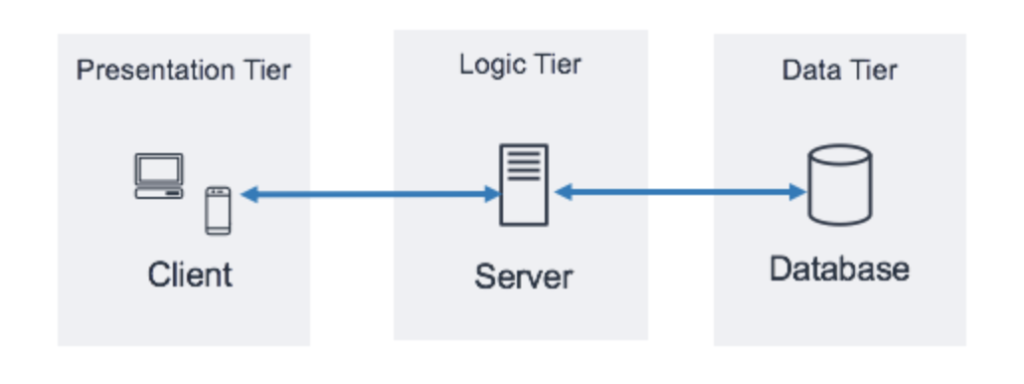AWS Smart Business Blog
How E-Commerce Companies Can Optimize Cost with Serverless Technologies
Did you know 47% of small businesses are in danger of permanent closure according to a recent study by Alignable? The challenges include record-breaking inflation, higher-than-normal gas prices, rent hikes, labor issues, a still-broken supply chain, reports of reduced consumer spending, elevating interest rates, recessionary fears, and the fact that several businesses have not recouped losses from the devastating impact of the COVID-19 pandemic yet.
During our daily conversations with different small and medium business (SMB) customers, reducing IT costs has been one of the most important topics. We support various customers from retail, healthcare, real estate, financial services, IT, and manufacturing sectors. Whether it’s c-level executives or people who oversee day-to-day business operations, it becomes apparent that in these pressing times, SMBs want to focus on their core business objectives. As inflation rises, only IT initiatives which optimize costs get funding. Further, IDC’s July 2022 worldwide small and medium business report took a closer look at limiting economic factors and other critical concerns. But don’t let that discourage you—it just means businesses like yours need to make more targeted IT investments.
A real example of restructuring inventory management
At Amazon Web Services, we focus on our customers needs. Here is an example of a US-based e-commerce company who runs its inventory management application on AWS infrastructure. The B2B portal has a three-tier web architecture that vendors use to update and refresh the inventory list. Here is how it works:
- First, vendors access the portal online. This top layer of architecture is called the Presentation Tier. You may know it as an app or website.
- Next, the vendors’ portal requests access the middle layer of architecture to view inventory. This is called the Logic Tier and it facilitates a connection between the vendor and the data.
- Finally, the portal checks the inventory list in the Data Tier. Think of it as a database where quantities of products are maintained.

When we learned the B2B portal was sparsely used by the vendors, we felt it could lend itself to cost savings. We believed serverless architecture could result in better scaling and reduced operational overhead. In fact, that is one way we gain our customers’ trust at AWS: through proactive ways to save them money.
What is serverless architecture?
Serverless architecture is a way to build and run applications and services without having to manage infrastructure. The application still runs on servers, but all the server management is done by AWS. There is no need to provision, scale, and maintain on-premises servers to run the applications, databases, and storage systems. Serverless architecture offers greater scalability, more flexibility, and quicker time to market.
Serverless architecture in action
Continuing the example of the B2B portal, let’s walk through how to optimize costs. If you have a dedicated IT team or a partner managing your IT infrastructure, these specific designs can be used for re-factoring the inventory management.
Let us go a little deeper into the existing three-tier web architecture of the vendor B2B portal. As we mentioned, it has three layers: presentation, logic, and data tiers. We have a simple architecture for an inventory management application. It uses the three-tier web application with serverless technologies. The application is containerized and runs on serverless technologies provided by AWS. This provides agility and ease of deployment. You can focus on your business, while AWS does the undifferentiated heavy-lifting of managing servers and the infrastructure.
You or your IT vendor can deploy the serverless architecture in less than five commands (estimated: 10-15 minutes) to evaluate the cost and performance of an inventory management portal.
Serverless architecture cost comparison
Using the AWS Pricing Calculator, here is an estimated cost comparison between AWS Fargate (estimate) vs. Amazon Elastic Compute (EC2) (existing) and Amazon Aurora Serverless (estimate) vs. Amazon Relational Database Service for MySQL (existing). In the following example, the architecture is deployed in US West (Oregon), but if you plan to use a different AWS region, use calculator for an updated estimate.
Please note the highlighted monthly cost estimate with serverless technologies (USD $206.64) versus existing services (USD $527.99) is about 60% optimization in the current costs. To derive this cost estimation, we needed to consider a few configuration details like compute capacity, number of tasks, storage requirements, and more. An AWS expert can help provide more context if you’re new to cloud pricing models. If you work with an existing IT vendor or consultant, consider sharing this chart with them which explains the technical configuration.

Disclaimer: AWS Pricing Calculator provides only an estimate of your AWS fees and doesn’t include any taxes that might apply. Your actual fees depend on a variety of factors, including your actual usage of AWS services.
Next Steps
The e-commerce customer above realized the cost optimization opportunity using serverless computing and you can explore these opportunities as well. We have resources specifically for SMBs in the e-commerce space. You can also reach out to your AWS account team or contact us if you don’t yet have an account. Finding cost savings is just one more way to keep your company more efficient amidst the rising costs of doing business.
